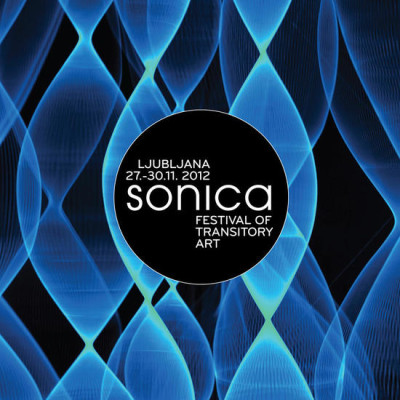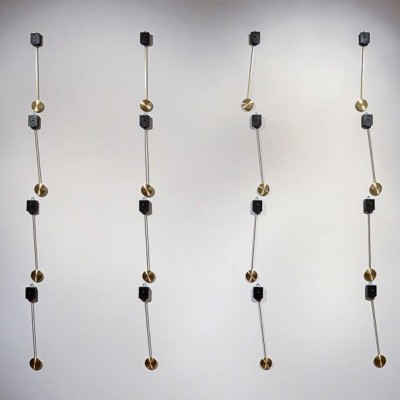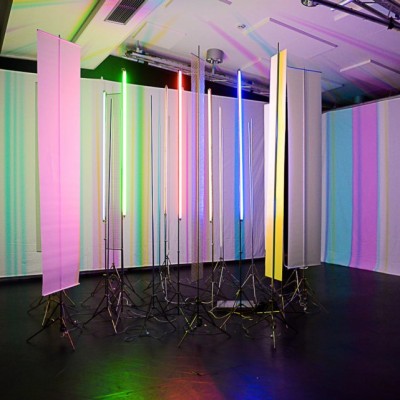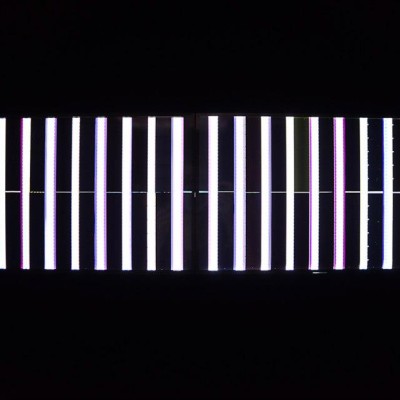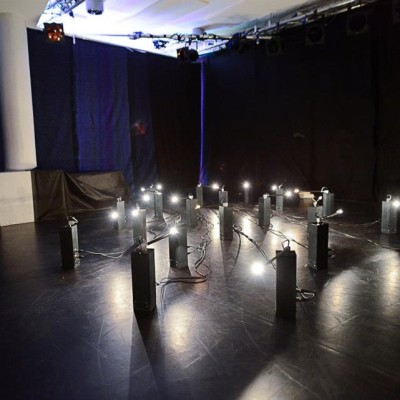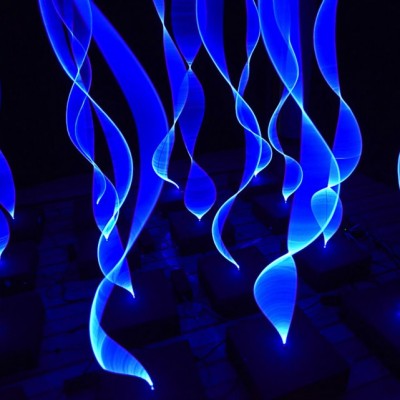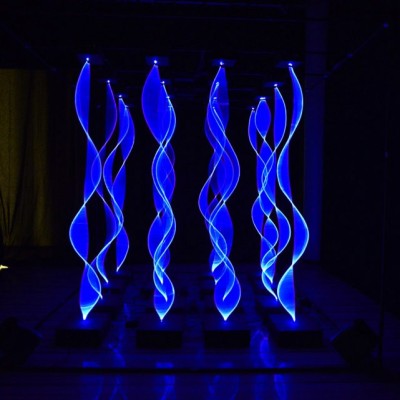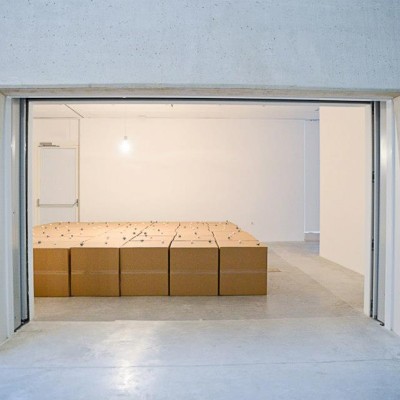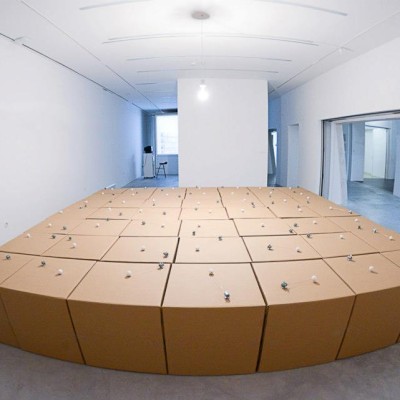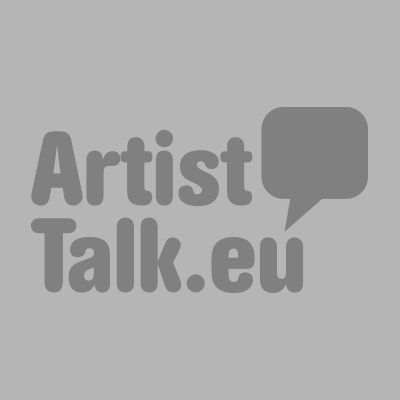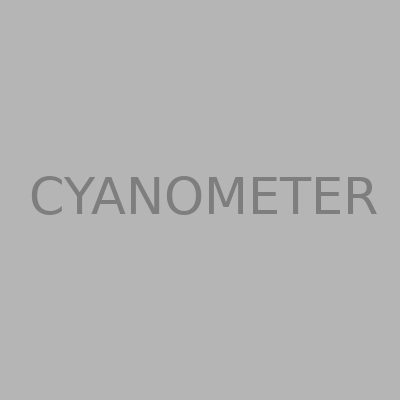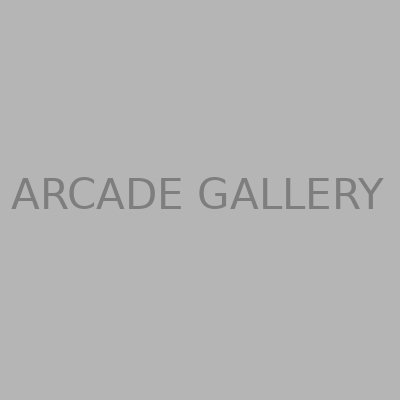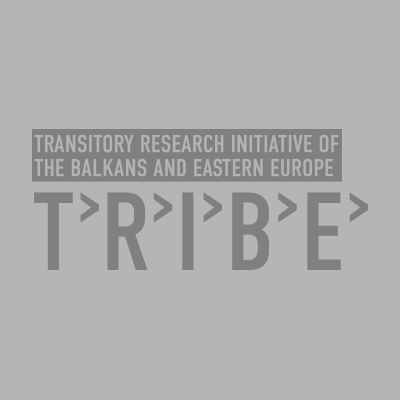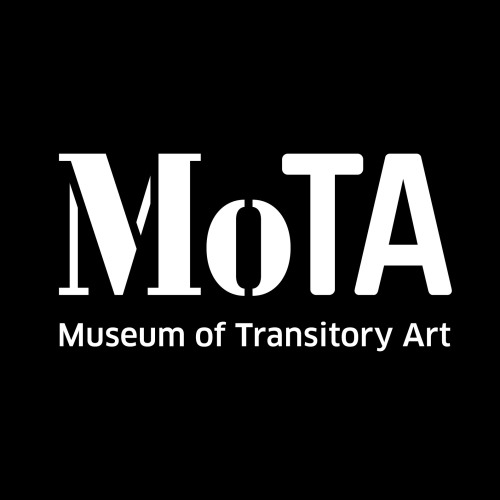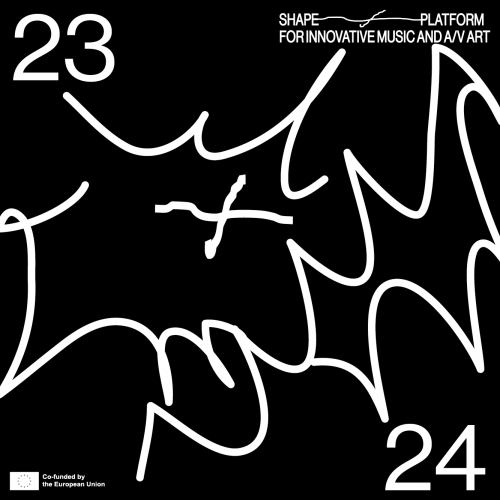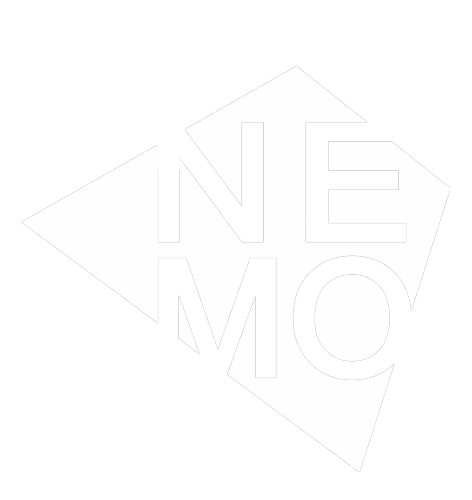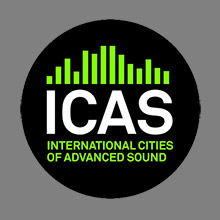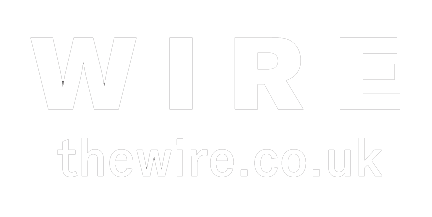-
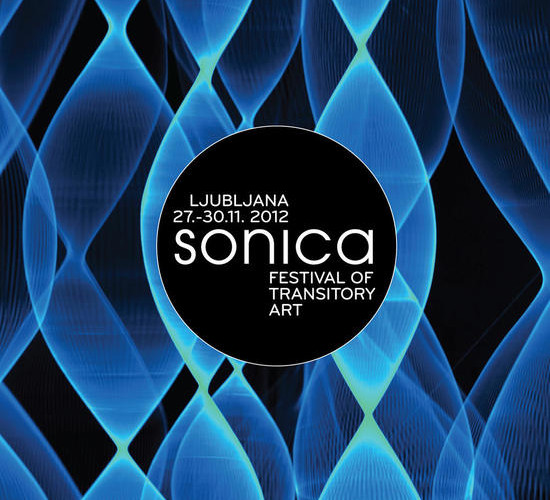
Sonica 2012: Third Culture
-
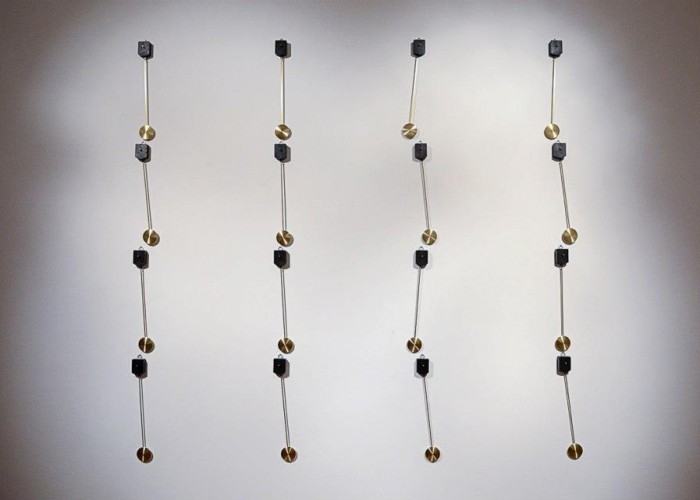
-
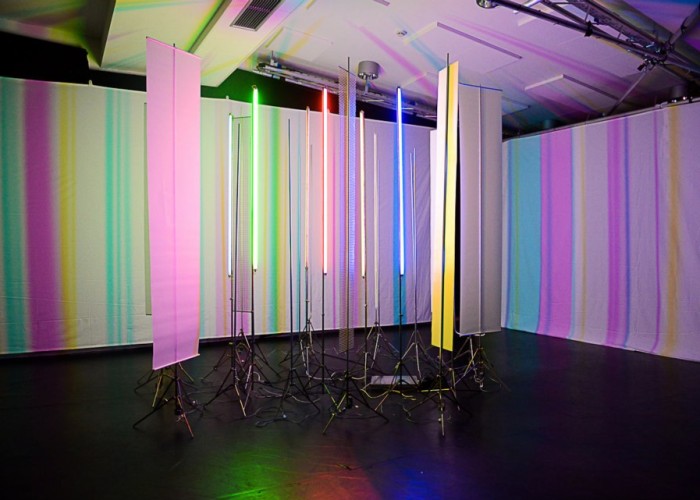
-
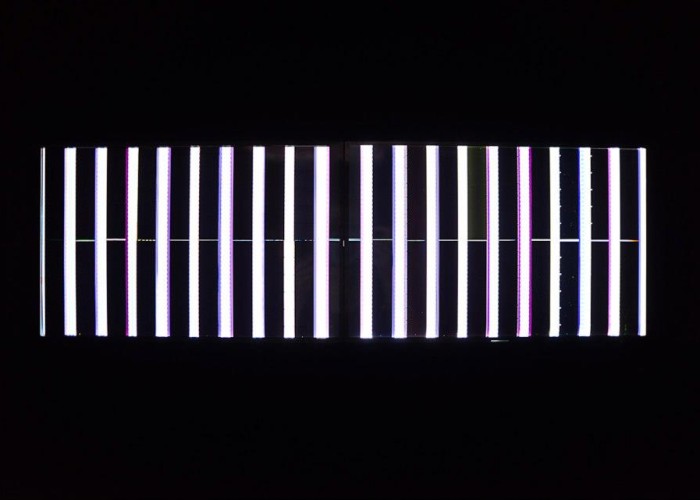
-
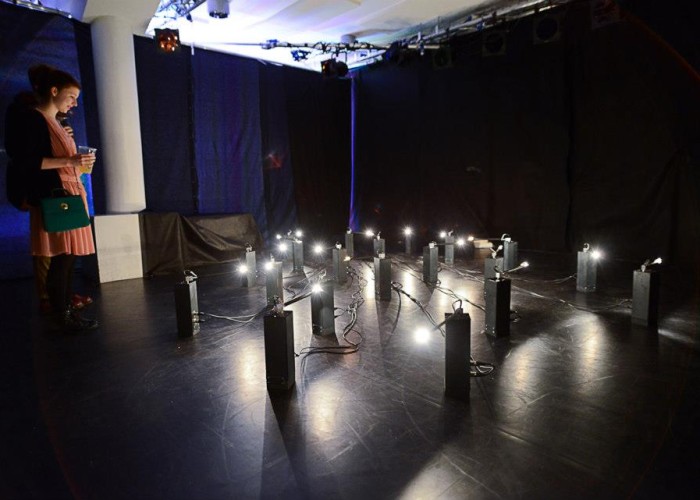
-
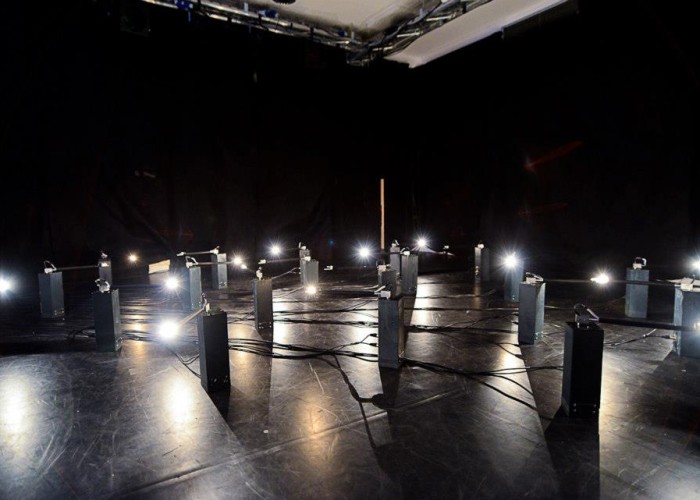
-
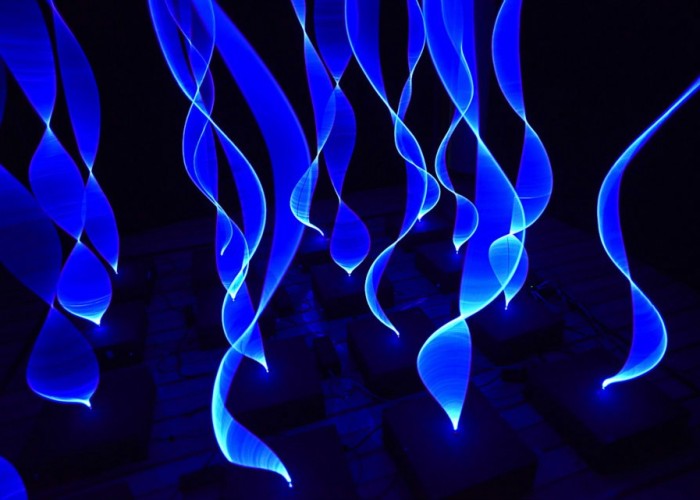
-
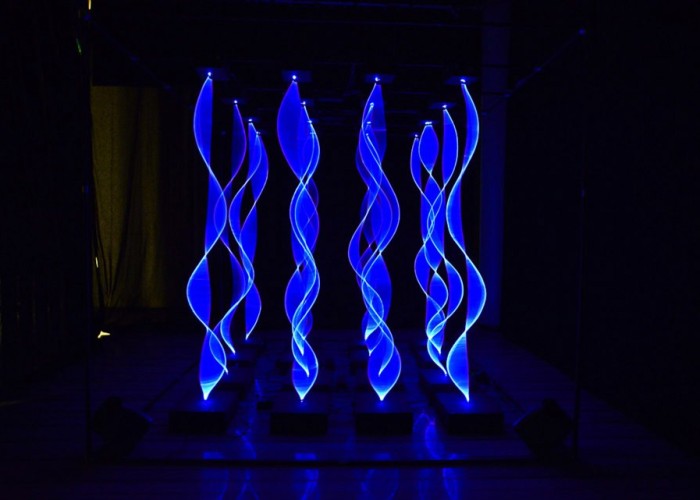
-
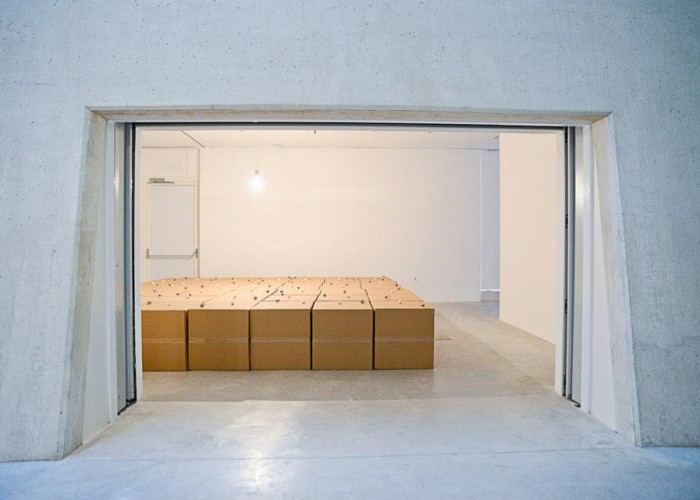
-
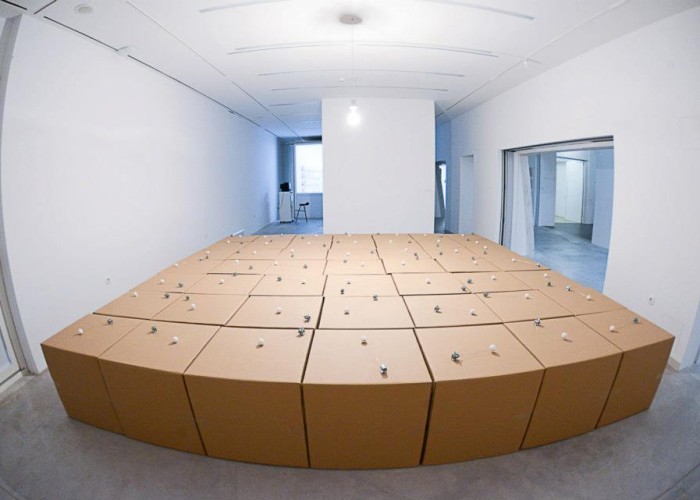
-

http://www.youtube.com/watch?v=DX4BPzR-d-8&feature=plcp
The Sonica 2012 Festival programme follows the established guidelines of MoTA – Museum of Transitory Art, searching for transitory “escape lines” in the contemporary art, in this distinctively heterogeneous and disunited field of creative and reflective forces that are being traversed through the transitory scheme by the sound. Sound as a medium of transitoriness, traversing walls, bodies and places; sound, ubiquitous in the urban milieu, embodied in objects, concepts, thoughts, and art forms, such as music, in images and speech, and at the same time traversing them, permeating them with its elusive and fleeting, incessantly changing nature. The ‘Third Culture’, a term for the intermediate and transitory field between ‘serious’ and popular culture, tries to restrain this nature. This space in between is neither an intermediate nor a connecting link, but a framework in which art takes place nowadays. Art is caught in the field of popular and media culture, transmitted with the help of the modern technology. Music or, in a larger sense, sound as a means of artistic creation is thus realized through popular culture, into which different artistic approaches enter, whether they are sound installations, club dance music or audio-visual concerts. Fennesz has veiled the history of the rock guitar with layers of digital sound that have obscured and expanded the form of pop songs. For the deconstruction of space, the trembling of architecture and bodies, Emptyset use semi-past experiences with bass culture, the deep pulse of which influences the visual image of Clayton Welham. Tomaž Grom takes notes of the spontaneity of free improvisation through transposing traces of sound and image. He places them on the increasingly blurred border between virtual and real, between auditory and visual hallucination. Young Swiss electroacoustic musicians deconstruct fetishistic sonic (remade Strotter Inst.’s vinyls) and everyday objects (Flo Kaufmann), as well as different musical languages, installed in the traverse from acoustic to digital sound (Strøm). Marina Rosenfeld imprints the historical musical experience of the European modernism into the milieu of pop culture and unveils inherent mechanisms that govern classical music, placing, at the same time, this experience into the field of installation through space and consequently in the field of modern art. This leads us to the Japanese audiovisual artist Ryoichi Kurokawa, whose concerts are extremely aestheticized digital audiovisual landscapes, the structure of which is taken from older forms of painting, such as triptych and diptych. Through his installations, composed by ordinary objects, such as cardboard boxes, the Swiss artist Zimoun creates mechanic polyrhythms, while the Dutch artist Bram Vreven opens up and thematizes mechanical time through silence and the movement of objects (clock pendulums). A rough résumé of everything written essentially tells us that nowadays music and sound are even more distinctively integrated into the field of the transitory, into the field of the transposing multimedia reality of the contemporary man. We live in a time where music is not listened to, but ‘viewed’ and ‘clicked’. Today, sound and music are contemplated in studies through their silent records, objects, places, media, technology and discourses, in which they enter and from where they leave. And these are the places that Sonica does not want merely to open up, but also to interpret and actively confront (the symposium and ArtistTalk) and interrogate them.
Luka Zagoričnik, program curator, 2012
Photos: Mankica Kranjec, all rights reserved
www.sonica.si












